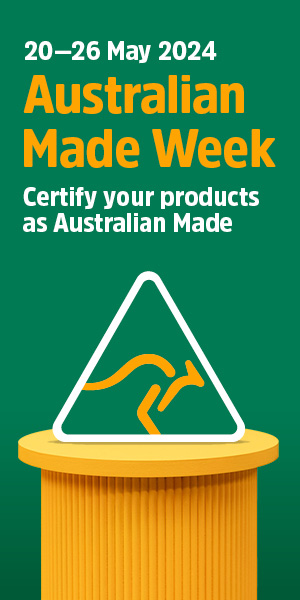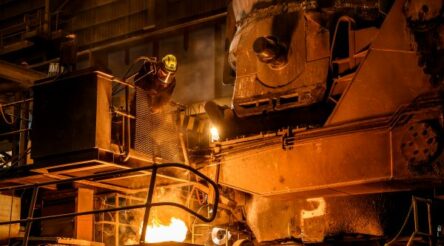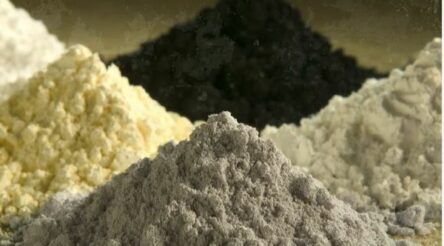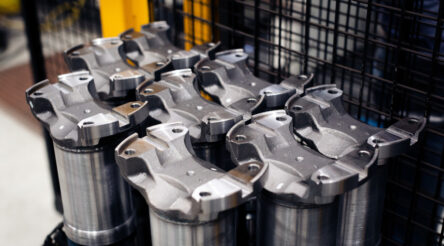RMIT-led team says their metal-ion “water batteries” are catching up to lead acid, lithium ion
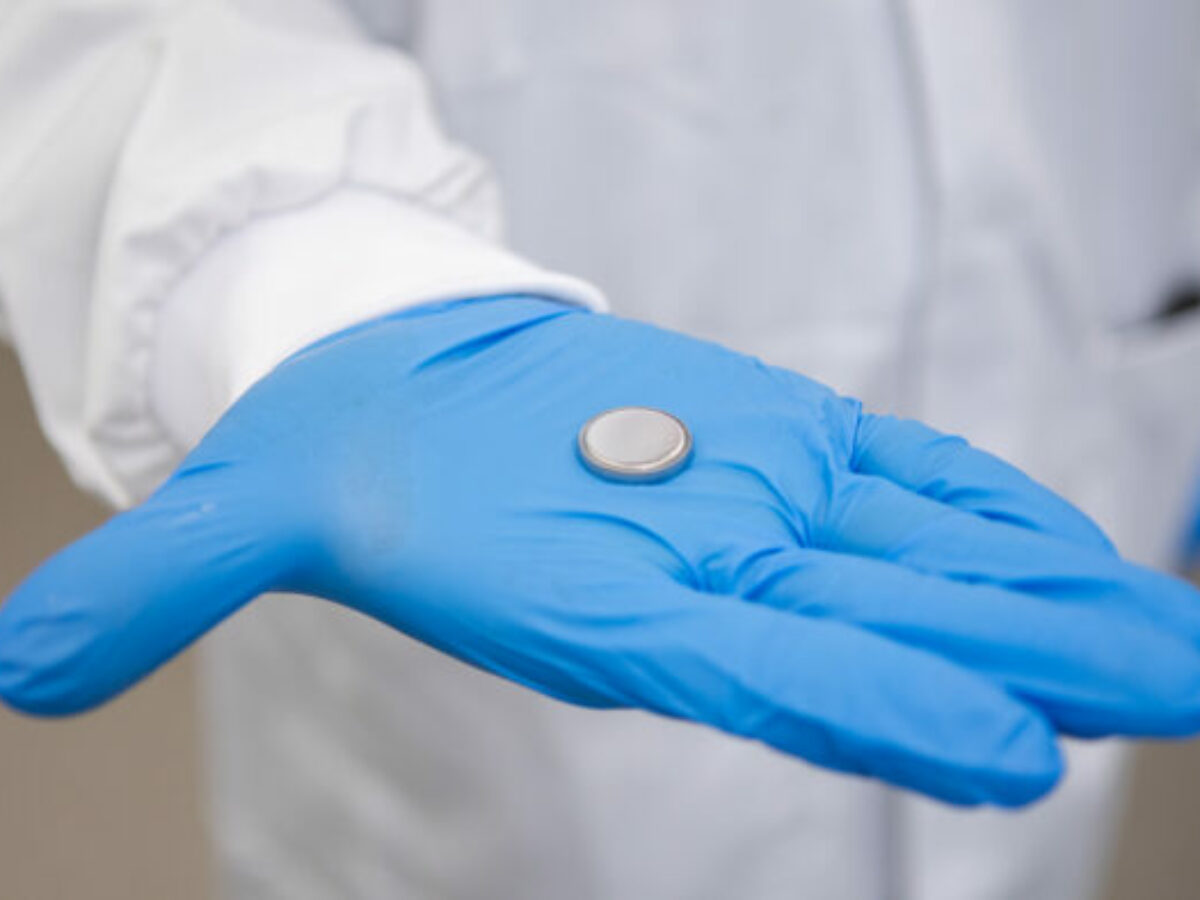
An international team led by RMIT University is developing what they describe as recyclable “water batteries” that address the safety problems of lithium ion-based energy storage.
Lithium-ion is the dominant type of battery chemistry – powering many household devices, vehicles and more – due to its technological maturity, but also presents safety concerns due to thermal runaway and other issues.
Product Safety Australia notes that the ACCC saw a 92 per cent increase in reported lithium-ion battery incidents in 2022 versus 2020, and a fire from their failure “can be very difficult to extinguish as it may reignite and depending on the battery size, sometimes takes days to burn.”
According to a statement from RMIT, safety concerns limit the lithium ion batteries’ suitability for grid-scale storage.
Distinguished Professor Tianyi Ma, lead researcher on a new paper in Advanced Materials, said his team is progressing the emerging genre of aqueous metal-ion batteries – or “water batteries” – which use water to replace organic electrolytes and can’t start a fire or blow up.
According to Ma, the batteries “ can be safely disassembled and the materials can be reused or recycled” and use simple manufacturing processes that could help make mass production feasible.
“We use materials such as magnesium and zinc that are abundant in nature, inexpensive and less toxic than alternatives used in other kinds of batteries, which helps to lower manufacturing costs and reduces risks to human health and the environment,” said Ma.
The team’s most recent breakthrough, published in Advanced Materials, shows them overcoming the challenge of spiky metallic formations – growths that are also known as disruptive dendrites – which can create serious faults such as short circuits. They used a coating of bismuth and its oxide as a protective layer on affected parts.
“Our batteries now last significantly longer – comparable to the commercial lithium-ion batteries in the market – making them ideal for high-speed and intensive use in real-world applications,” Ma added.
“With impressive capacity and extended lifespan, we’ve not only advanced battery technology but also successfully integrated our design with solar panels, showcasing efficient and stable renewable energy storage.”
Ma’s team is “closing the gap” between their batteries and lithium ion in energy density, the believe, and “recently made a magnesium-ion water battery that has an energy density of 75 watt-hours per kilogram” up to 30 per cent that of the most recent Tesla car batteries.
The research lead said the next step is developing new nanomaterials for electrodes to boost energy density, and predicted that magnesium-ion water batteries could replace lead acid batteries in “one to three years” and possibly lithium ion in five to ten years.
Ma’s team is currently collaborating with GrapheneX through an ARC Linkage project, and researchers here, in the US, Japan and elsewhere.
Picture: supplied
@aumanufacturing Sections
Analysis and Commentary Awards Defence Manufacturing News Podcast Technology Videos






